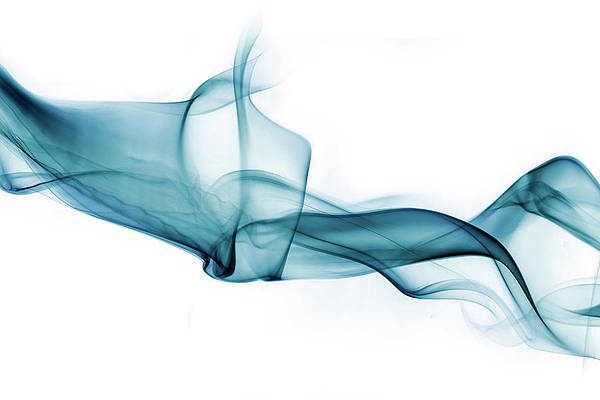In this article, we will see how we can set the mask to the image view object in PyQTGraph. The PyQtGraph is a graphics and user interface library for Python that provides functionality commonly required in designing and science applications. Its primary goals are to provide fast, interactive graphics for displaying data (plots, video, etc.). Widgets are used for display and analysis of image data, implements many features like displaying 2D and 3D image data. For 3D data, a z-axis slider is displayed allowing the user to select which frame is to be displayed. It Displays a histogram of image data with a movable region defining the dark/light levels, editable gradient provides a color lookup table. Mask hides the selected part of the image view, the image view will be still there but the user will not be able to see it i.e there will be a mask on it. Only the selected region will be visible to other regions will have a mask.
We can create an image view with the help of the command given below
# creating a pyqtgraph image view object imv = pg.ImageView()
To set a mask to an image view, we use the setMask() method with the image view object.
Syntax : imv.setMask(region)
Argument : It takes QRegion object as argument
Return : It returns None
Below is the program to set a mask to an image view using PyQTGraph module:
Python3
# importing Qt widgetsfrom PyQt5.QtWidgets import *# importing systemimport sys# importing numpy as npimport numpy as np# importing pyqtgraph as pgimport pyqtgraph as pgfrom PyQt5.QtGui import *from PyQt5.QtCore import *# Image View classclass ImageView(pg.ImageView): # constructor which inherit original # ImageView def __init__(self, *args, **kwargs): pg.ImageView.__init__(self, *args, **kwargs) class Window(QMainWindow): def __init__(self): super().__init__() # setting title self.setWindowTitle("PyQtGraph") # setting geometry self.setGeometry(100, 100, 600, 500) # icon icon = QIcon("skin.png") # setting icon to the window self.setWindowIcon(icon) # calling method self.UiComponents() # showing all the widgets self.show() # setting fixed size of window #self.setFixedSize(QSize(600, 500)) # method for components def UiComponents(self): # creating a widget object widget = QWidget() # creating a label label = QLabel("Geeksforneveropen Image View") # setting minimum width label.setMinimumWidth(130) # making label do word wrap label.setWordWrap(True) # setting configuration options pg.setConfigOptions(antialias=True) # creating image view object imv = ImageView() # Create random 3D data set with noisy signals img = pg.gaussianFilter(np.random.normal( size=(200, 200)), (5, 5)) * 20 + 100 # setting new axis to image img = img[np.newaxis, :, :] # decay data decay = np.exp(-np.linspace(0, 0.3, 100))[:, np.newaxis, np.newaxis] # random data data = np.random.normal(size=(100, 200, 200)) data += img * decay data += 2 # adding time-varying signal sig = np.zeros(data.shape[0]) sig[30:] += np.exp(-np.linspace(1, 10, 70)) sig[40:] += np.exp(-np.linspace(1, 10, 60)) sig[70:] += np.exp(-np.linspace(1, 10, 30)) sig = sig[:, np.newaxis, np.newaxis] * 3 data[:, 50:60, 30:40] += sig # setting image to image view # Displaying the data and assign each frame a time value from 1.0 to 3.0 imv.setImage(data, xvals=np.linspace(1., 3., data.shape[0])) # Set a custom color map colors = [ (0, 0, 0), (4, 5, 61), (84, 42, 55), (15, 87, 60), (208, 17, 141), (255, 255, 255) ] # color map cmap = pg.ColorMap(pos=np.linspace(0.0, 1.0, 6), color=colors) # setting color map to the image view imv.setColorMap(cmap) # Creating a grid layout layout = QGridLayout() # minimum width value of the label label.setFixedWidth(130) # setting this layout to the widget widget.setLayout(layout) # adding label in the layout layout.addWidget(label, 1, 0) # plot window goes on right side, spanning 3 rows layout.addWidget(imv, 0, 1, 3, 1) # setting this widget as central widget of the main window self.setCentralWidget(widget) # QRect object rect = QRect(100, 10, 300, 300) # creating a QRegion region = QRegion(rect) # setting mask to the image view imv.setMask(region) # create pyqt5 appApp = QApplication(sys.argv)# create the instance of our Windowwindow = Window()# start the appsys.exit(App.exec()) |
Output :


